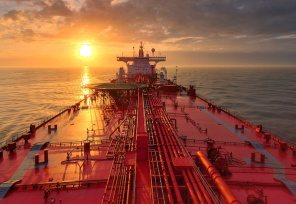
The situation in the Persian Gulf is becoming increasingly difficult and it is reasonable to think that it may begin to disrupt global shipping.
The significance of the assault on the tanker Stena Impero should not be overestimated. Although the vessel operates under a British flag, effectively the owners are Swedish and the crew are international. However, it fits into a pattern of increasing attacks on ships of all kinds in the area. It is clear that in its conflict with the US and many of its neighbours, Iran views shipping a useful target and has adapted its previously battered navy into an instrument appropriate for operations against merchant vessels and their naval escorts.
As the situation continues there is a strong likelihood that violence will increase. Already insurance premiums are reported to have risen, with tankers and container vessels operating out of the Gulf rumoured to be seeing a five-fold increase in some cases, although war risk options had already been priced-in.
Plans are being formulated for a convoy system through the Strait of Hormuz and possibly the rest of the Gulf. It is unclear who will lead these. Ships are also being warned by a number of governments to avoid the area, although it is difficult to see how they can easily do this.
Bearing in mind its core asset is in the eye of the storm, the container terminal operator DP World has reacted with calmness, commenting that it saw “business as usual” and that shipping traffic in and out of the UAE had not been affected. This does seem to be an optimistic perspective but it is likely that it reflects the complex relationship that the UAE has with Iran. The latter depends on the terminals in Dubai for most of the traffic into Bandar Abbas and any disruption will only worsen Iran’s already stressed economy.
Although oil, gas and chemical cargoes have no choice but to enter the Gulf, container shipping can avoid the terminals at Dubai. Yet this would be very inconvenient. Many supply chains depend on Dubai as an inventory location as a well as a container port. The Emirate is a fundamental part of many ‘air-sea’ strategies and finding a replacement at short notice would be difficult.
It is probably the case that the terminals at Dubai will continue to operate however the strong risk is that instability damages their attractiveness in the wider logistics market. In the long-term the instability may present opportunity for other locations ambitious to become logistics hubs.
Source: Transport Intelligence, July 23, 2019
Author: Thomas Cullen